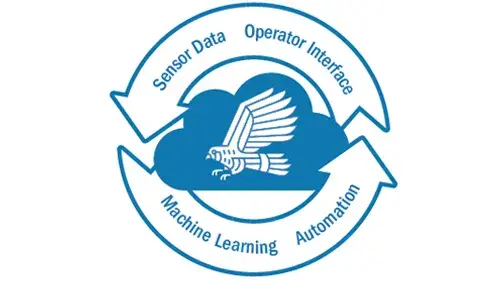The Science and Technology Directorate’s (S&T) Maritime Safety and Security Program develops and transitions technical capabilities that enhance U.S. maritime border security by safeguarding lawful trade and travel, and helps to prevent illegal use of the maritime environment to transport illicit goods or people.
Projects and Activities

Enhanced Maritime Characterization
- Wide Area Maritime Surveillance (WAMS)
- Classification at the Sensor Systems

Maritime Location, Communications, and Emergency Management
- NextGen Interior Communications (NGIC)
- Rescue 21 Augmentation from Space (RASP)
- Next Generation Maritime Public Communications
- Search and Rescue Devices
- Waterway Risk Assessment

Coastal, Port, and Waterway Security
- Waterways Analysis and Management Systems (WA&MS)
- Maritime and Port Resiliency and Security
- Contactless Vessel Stopping Capability

Maritime Analytics and All Domain Sensors
- Data Science Applications and AI/ML Analytics
- DHS Border Ontology

Data Science Applications and AI/ML Analytics (KESTREL)
Providing a more focused approach to detecting suspicious activities in the enormous amounts of data available to CBP operators, in Fiscal Year 2023 KESTREL increased the number of identified suspect activities by more than 500%. Additionally, in early 2024, KESTREL was credited with identifying threats to critical Customs and Border Protection (CBP) operational assets, enabling CBP operators to take necessary actions which protected those assets from being harmed and avoided undermining CBP’s capability to monitor and secure our borders, airspace, and maritime waters.

Search and Rescue Devices
DHS partnered with U.S Coast Guard to develop a lightweight (100 lbs.), high capacity (100 people), and reversible device for use during mass rescue operations (MRO). In April 2024, prototypes were successfully tested in a controlled water environment. Enhancements are underway for Phase 2 Testing in open water.

DHS Border Ontology
Recently conducted the Maritime Domain Awareness (MDA) demo for border ontology. Demo included data that was added to a common Resource Description Framework (RDF) database and the scenarios were simulated and contrived to demonstrate multiple Decision Support Questions (DSQ). Some scenario examples included Watercraft on Watchlist, Unmanned Aircraft System (UAS) Payload Drop, and Vehicle Border Incursion.
- News Release: DHS Seeks Maritime Port Infrastructure Information from U.S. Port Community
- Feature Article: New Geo-Tracking Buoys Make a Splash During Live Test Events
- Blog: Helping Coast Guard Warn Ships of Icebergs in the North Atlantic
- News Release: New Satellite-based Imagery Technology to Help Coast Guard Warn Ships of Icebergs in the North Atlantic
- News Release: S&T Funds San Jose Startup Customize Language Translator USCG
- Coastal, Port and Waterway Security Fact Sheet
- Department of Homeland Security Core Ontology for Maritime Domain Awareness Fact Sheet
- Maritime Domain Awareness Sensors Fact Sheet
- Maritime Port Resiliency and Security Research Testbed Fact Sheet
- Maritime Safety and Security Program Fact Sheet
- Mass Rescue Operations Fact Sheet
- Next Generation Maritime Public Communications Fact Sheet
- Port & Coastal Surveillance Project Fact Sheet
- Rescue 21 Augmentation from Space Fact Sheet
- Waterways Analysis and Management Systems Fact Sheet
Additional Resources
Learn more about us and discover how your organization can partner with S&T to make the homeland more secure.
